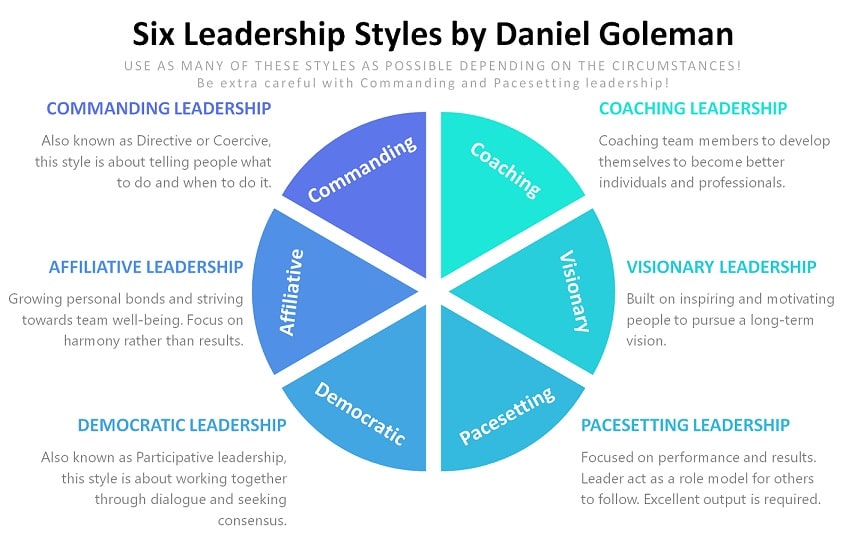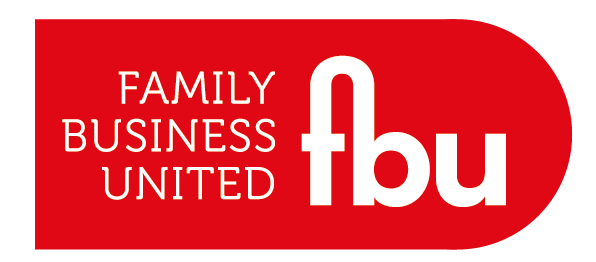Our next theme of articles addresses the topic of different leadership approaches. The aim of this series is to highlight the importance of different leadership styles. Regardless of where you are in your leadership journey, we encourage you to take a look at your own leadership approach. Once you have done this, you can look to improve it and take steps towards becoming the leader you want to be. Remember: leadership is a skill that should be regularly reassessed and improved.
Matt has added his thoughts on this topic below. You can read his insights by clicking here.
As a leader it is likely that you will have an influence on other people's leadership styles. By reassessing your leadership approach, you can become a leader that others admire and aspire to be more like.

Jordan Ladiko on Unsplash
Think about the leader you are right now and be radically honest with yourself. Self awareness is key to be able to accurately identify the strengths and gaps in your leadership approach. Feedback is a powerful tool that can help here. Leaders can often be largely unaware of their shortcomings because they have not created an environment where their team is able to openly and honestly give them feedback. Don't be afraid to ask others for their thoughts! It's helpful to know if your self perception is reflective of how others experience you and your leadership.
I would like to guide you through a self-reflective exercise. Take a piece of paper and a pen and consider the following questions:
What words would you use to describe your leadership?
What do you do well?
What would you like to improve on?
Are you fulfilling your purpose as a leader?
What influence do you have on those around you?
Next, write down your ideas on the kind of leader you would like to be. Here are some prompts to get you thinking:
What are your leadership goals for 2022?
Are you on track?
What words would you like to be able to use to describe your leadership?
What are the gaps between where you are now, and where you would like to be?
What can you do to close those gaps?
Once you've answered these questions, the next step we recommend you take is to create a Forcefield, which is a problem solving tool that is explained here. Use this when you are thinking about how to close the gaps in your leadership approach and you will come away with useful actions to start to address them.
Once you have completed your Forcefield, fill in your leadership One Page Plan, laid out below. This will make sure that you can turn the valuable insights from these questions into solid actions. You can keep track of where you are now, where you want to be and how you will close those gaps. One Page Plans are useful because they keep everything in one place, and you can easily revisit and update your goals over time. Be sure to include deadlines for each of your "how" actions.
| Now | Where | ||
|
Where are you now? What is working? What isn't? |
Where would you like to be in 3 years time? | ||
| How | |||
| Area | Actions | Who? | When by? |
| What is the theme? E.g. delegation, time management | What actions are you going to take to close the gap between your now and your where? | Who is responsible for each action? | What is the deadline for each action? |
Matt and I had a conversation about my article and he wanted to weigh in on the topic from a different angle.
*
Matt Dunaway, Strategy Facilitator

Leadership style can be difficult to define. There are a multitude of factors that feed into any leader's style, and each factor is represented to a varying degree in their leadership profile. However, much like a psychometric test, understanding the stand-out features that characterise your style is an important step to reflecting, understanding yourself and deciding how you might look to adapt and improve your leadership style when what you are doing now isn't working.
Daniel Goleman, author and renowned psychologist, talks about 6 different leadership styles:

https://www.leadershipahoy.com/the-six-leadership-styles-by-daniel-goleman/
Goleman’s Leadership Styles, while not exhaustive, are an excellent place to start and provide some important areas of leadership style to consider. Have a look through the styles in Goleman’s model and try to pick the ones that you think currently fit you best, and which you think might make a good addition to your style in the future.
How Do You Know When It Is Time to Change Your Leadership Style?
There are several environmental reasons why your current style might have become less than perfect. Here are a few of the most common examples:
- You have been promoted out of your comfort zone without adequate time or training to adjust to your increased responsibilities.
- Your company restructured in some way, and you are now working with new people and teams.
- There has been a change in strategy.
- Your business is in crisis.
For example, it is often the case that people who work in rapidly growing businesses and are promoted through demonstration of competency can find themselves in difficulty when a leadership position is thrust upon them. These individuals can have little in the way of leadership training and have usually developed their style organically and without much consideration. While this is often of no great issue, there are circumstances that make adaption a necessity, and styles developed without consideration or training are generally less adaptable.
One of these circumstances could be an event that shuffles the way people interact and work together, a company restructure for example. In this situation there are going to be new people, teams and leaders forced into new interpersonal dynamics and left to work through the changes and challenges that come with forming new relationships and teams. The High Performing Teams model (forming, storming, norming, performing) does a good job describing how new teams develop their dynamics and the issues that can arise.
Another great example of environmental challenges that can force changes in style is a pivot in business direction or adjustment in strategy. Consider an entrepreneur who has spent the last five years building a business from scratch in a booming market, who now finds themselves leading a mid-sized organisation through challenging times. There is likely to be an increased demand for strategic leadership input, operational control, and management of people.
If you are a leader who has previously survived with a relaxed affiliative style, then this new change of pace may provide significant challenges to your current style and force you to consider where you need to add new skills, or integrate new people to fill any gaps.
One of the most extreme examples of demanding environmental factors are businesses in crisis. A strong decisive commanding style, which may be unsettling in peaceful times, can often be required to provide the direction and make the difficult decisions needed to turn a failing business around.
Try and think about your own business environment. Does it fit one of the descriptions above? Has it changed recently, and have you adapted to meet this change? Are you stable or on a rapid growth trajectory? Have there been major changes in the leadership team? Are you personally happy with the way you lead?
 Photo by Michael Held on Unsplash
Photo by Michael Held on Unsplash
Once you have spent some time thinking about these questions and considering your style, you may have decided that a change in style is needed.
How Do You Go About Making That Change?
Once you have considered your leadership style from an environmental perspective, you can return to your One Page Plan to record where you are now, where you want to be and how you will close those gaps.
*
To help you explore your leadership approach further, the Alembic Team are writing a series of articles on this topic. Keep an eye on our socials for updates on our latest articles!
As you read the blog posts in this series, be sure to revisit your One Page Plan and add any further actions that you feel will improve your leadership approach.
If you have any questions on the tools or content of this article, don't hesitate to get in touch. A member of the Alembic Team would be delighted to explore this further with you.
Next up is Sarah's article 'To Connect or Not to Connect? That Is the Question. Part One: The Biology of Boundaries'.


.jpg)

